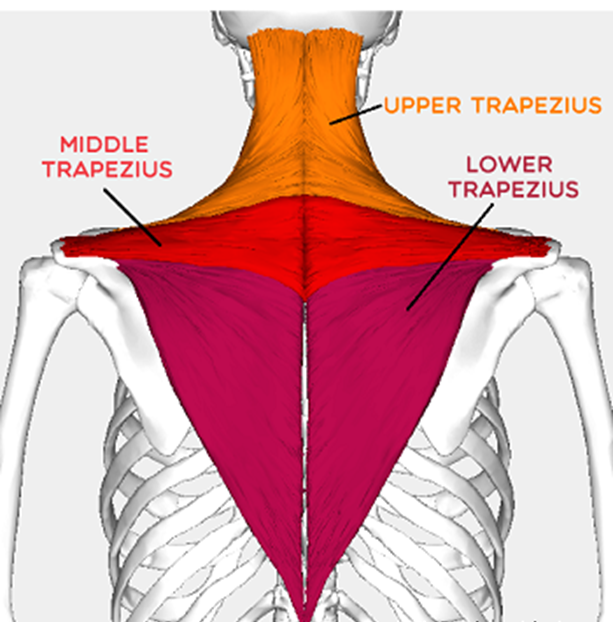A nurse is teaching a client who has AIDS and wishes to continue self-care at home despite living alone. Which of the following actions by the nurse demonstrates client advocacy?
Instruct the client to avoid eating raw vegetables.
Initiate a referral for the client to a home health agency.
Remind the client of the importance of medication adherence.
Tell the client to avoid places where there are large crowds of people.
The Correct Answer is B
Choice A reason: Instructing the client to avoid eating raw vegetables may be a precautionary measure due to potential immunosuppression from AIDS, but it does not directly demonstrate advocacy. Advocacy would involve actions that support the client's rights, choices, and interests, and while dietary advice is important, it is not an advocacy action in itself.
Choice B reason: Initiating a referral for the client to a home health agency is a clear demonstration of client advocacy. This action shows that the nurse is taking steps to ensure the client receives the necessary support to manage their condition at home, respecting their wish to maintain independence and quality of life.
Choice C reason: Reminding the client of the importance of medication adherence is part of the nurse's educational role but does not necessarily reflect advocacy. Advocacy would involve more proactive measures to support the client's treatment and care decisions.
Choice D reason: Telling the client to avoid places where there are large crowds of people is good advice to reduce the risk of infections, but it is not an advocacy action. Advocacy involves representing the client's interests and facilitating their choices and access to care.
Nursing Test Bank
Naxlex Comprehensive Predictor Exams
Related Questions
Correct Answer is B
Explanation
Choice A reason : Administering corticosteroids is not the first-line action for dyspnea related to fluid overload or other causes of respiratory distress in this context.
Choice B reason : Slowing the infusion rate is appropriate when there are signs of fluid overload, such as dyspnea and hypertension. Contacting the provider is crucial for further assessment and management, which may include diuretics or other interventions.
Choice C reason : Lowering the head of the bed to semi-Fowler's may provide some relief for dyspnea, but it does not address the potential cause, which in this case could be fluid overload.
Choice D reason : Changing the infusion to lactated Ringer's would not be appropriate if the client is experiencing symptoms of fluid overload. The type of fluid is less important than the volume and rate of administration in this scenario.
Correct Answer is B
Explanation
Choice A reason: Pressing down on the orbital area of the eye is not a recommended method for eliciting a pain response due to the risk of causing injury to the eye.
Choice B reason: Pinching the trapezius muscle is a common and safe method to elicit a pain response in an unresponsive patient. It is less invasive and carries a lower risk of injury compared to other methods.
Choice C reason: Using a 25-gauge needle is not a standard practice for eliciting a pain response due to the risk of puncture and infection.
Choice D reason: Eliciting a reflex with a reflex hammer is used to assess neurological function, not to elicit a pain response in an unresponsive patient.

Whether you are a student looking to ace your exams or a practicing nurse seeking to enhance your expertise , our nursing education contents will empower you with the confidence and competence to make a difference in the lives of patients and become a respected leader in the healthcare field.
Visit Naxlex, invest in your future and unlock endless possibilities with our unparalleled nursing education contents today
Report Wrong Answer on the Current Question
Do you disagree with the answer? If yes, what is your expected answer? Explain.
Kindly be descriptive with the issue you are facing.
